These days, reading about the resurgence of racism in many parts of world often makes me wonder what went wrong since the abolition of apartheid in South Africa, the election of the first African-American president in U.S. history, and other milestones which showed that more and more people had embraced tolerance and inclusiveness. In a time like this when racism seems to gain momentum again, it is worth reminding ourselves what we can do as ordinary people to fight the increasingly ugly discourse among us.
Sure, we all know that learning about the world and important historical events can help us get a better understanding about why things are what they are today – although there will always be people who believe that the alternative “facts” they read are indeed the truth. Furthermore, many of us agree with the notion that traveling is among the best ways to combat prejudice, especially when we are confronted with cultures and values so different from ours, and people whose skin color, eyes and hair look nothing like what we’re used to seeing. However, there are those who only tell stories about how ugly and backward the places they went to were, and always brag about the supposed superiority of their own countries. But perhaps (un)surprisingly, there are also people who think that other countries are worse than their own even though they haven’t traveled abroad at all.
A trip I did two years ago to South Sulawesi in Indonesia recently popped up in my mind as I see just how ignorant a lot of people are when it comes to race. Hidden beneath the limestone peaks of what is believed to be among the largest karst formations in the world is an invaluable collection of prehistoric cave art that have been hidden from plain sight for aeons. These artworks, tens of thousands years old, can teach us that not only is the concept of racism obsolete, but also absurd. To reach these caves one needs to take a small boat which will then go through meandering rivers occasionally shaded by palm trees. Towering karst peaks emerged as James and I ventured deeper into Rammang-Rammang, part of the Maros-Pangkep karst mountains, and at times our skipper expertly navigated the boat through narrow corridors which opened up to another impressive view of the landscape.
Ideally, a visit to this part of Sulawesi to get a glimpse of the cave art requires a few days with a local guide who knows exactly how to reach the caves. However, as our time was limited, we only did a half-day trip from Makassar, South Sulawesi’s provincial capital. The cave art was first studied in the 1950s, but only in 2014 following a radiocarbon dating conducted on the surfaces of the caves on which hand stencils and paintings were made did these prehistoric artworks make international headlines. Previously thought to be no more than 12,000 years old, the oldest hand stencil here turned out to date back to 39,900 years ago, making it the oldest hand stencil in the world to date. This discovery had shaken up the long-held conviction that ancient cave paintings originated and developed in Europe before spreading to other parts of the world. Not only has this been named one of the year’s most important scientific discoveries, but it also fundamentally challenges the Euro-centric view many white supremacists uphold and base their arguments upon.
Some people say ignorance is bliss. But this kind of ignorance is too dangerous to be taken lightly. Only when people leave their comfort zones, put aside whatever prejudice they have, and go see the world with open minds and hearts, will they learn that different things and people are not always like what they have been told. For a better idea of how important this discovery on the Indonesian island of Sulawesi was, here is a link to a National Geographic article and another by the New York Times.
Today, Rammang-Rammang is easily accessible from Makassar, Indonesia’s eleventh biggest city as well as the largest metropolis in the eastern part of the country. Makassar’s prominence as the gateway of eastern Indonesia, however, began a long time ago. In the 16th century when the Europeans had already discovered the sea routes from Europe to the Spice Islands, Makassar – strategically located on the trade route to and from the islands where nutmeg, mace and cloves originated – started growing as a major trading port in the region. Merchants from many parts of the vast archipelago (modern-day Indonesia), China, India, as well as Portugal exchanged commodities at the port. Home to the Makassarese and Bugis people, for centuries known as reputable sailors, the port was also a base for brave locals to explore the archipelago and settle in faraway places, including Malaysia and Singapore – Malaysia’s current Prime Minister is in fact a Bugis. When the Dutch joined the spice race and eventually dominated its trade in the region, they captured Makassar in the 17th century and rebuilt a fort known today as Fort Rotterdam.
The modern city of Makassar still remains an entrepot thanks to its strategic geographical position at the heart of Indonesia. Flights from the western parts of the country to its eastern cities often stop over here. The election of Jusuf Kalla, a prominent businessman and politician who is native to South Sulawesi, as vice president of Indonesia in 2004 marked the beginning of an era of rapid development in Makassar. Its airport was expanded, including the addition of another runway making it the second commercial airport in the country, apart from Soekarno-Hatta that serves the nation’s capital, to have double runways. Infrastructure aside, in recent years Makassar also saw the inauguration of the biggest theme park in eastern Indonesia.
Our stay in Makassar was too short to soak in the local culture as we made the city merely a base to explore the picturesque Tana Toraja in the highlands of South Sulawesi before flying to Ambon, the capital of Maluku (Moluccas) Province. However it would be interesting to return one day and see whether the city – located half an hour away from Rammang-Rammang which challenges the concept of racism – treats its own residents equally regardless of their race.

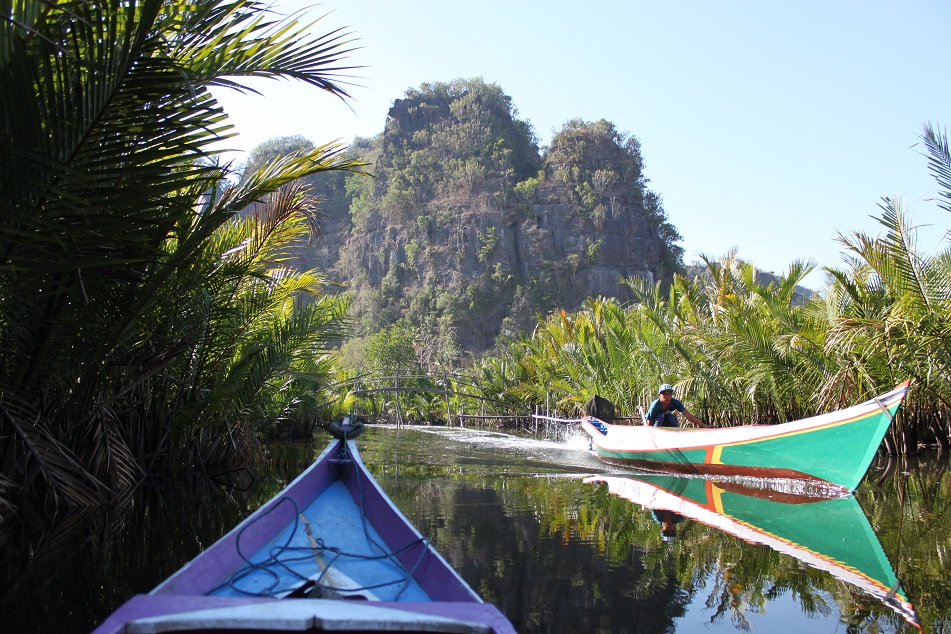




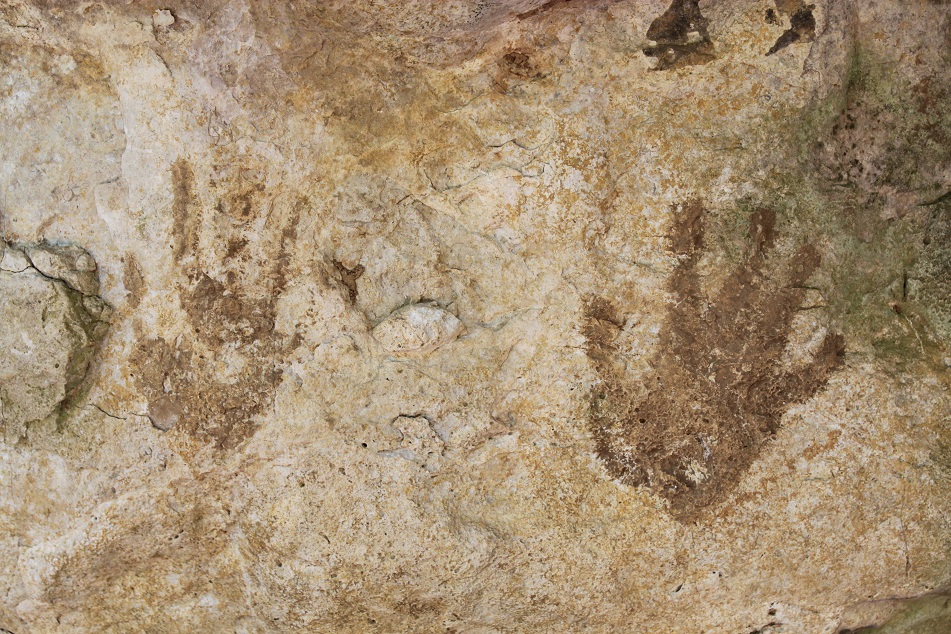


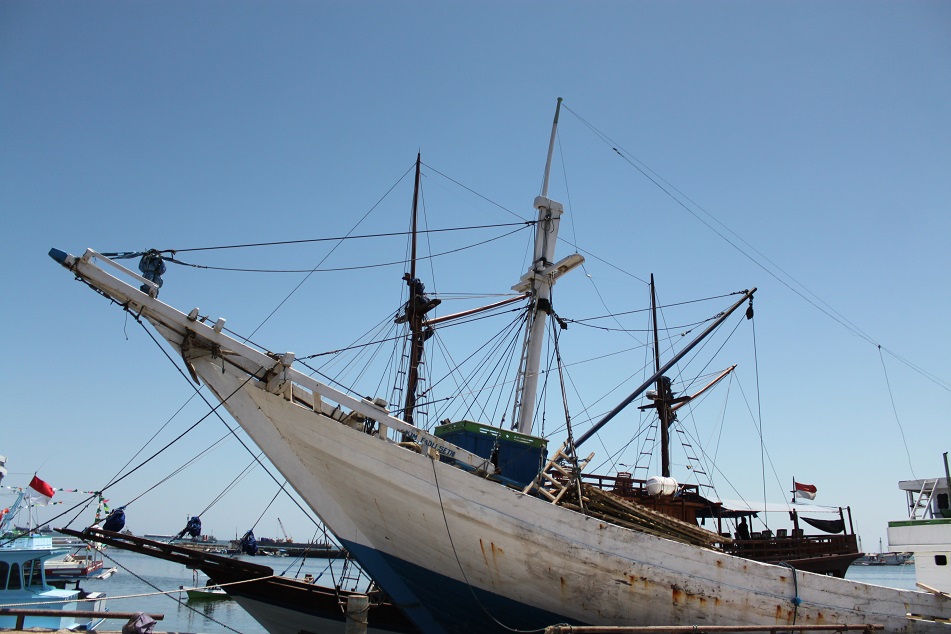







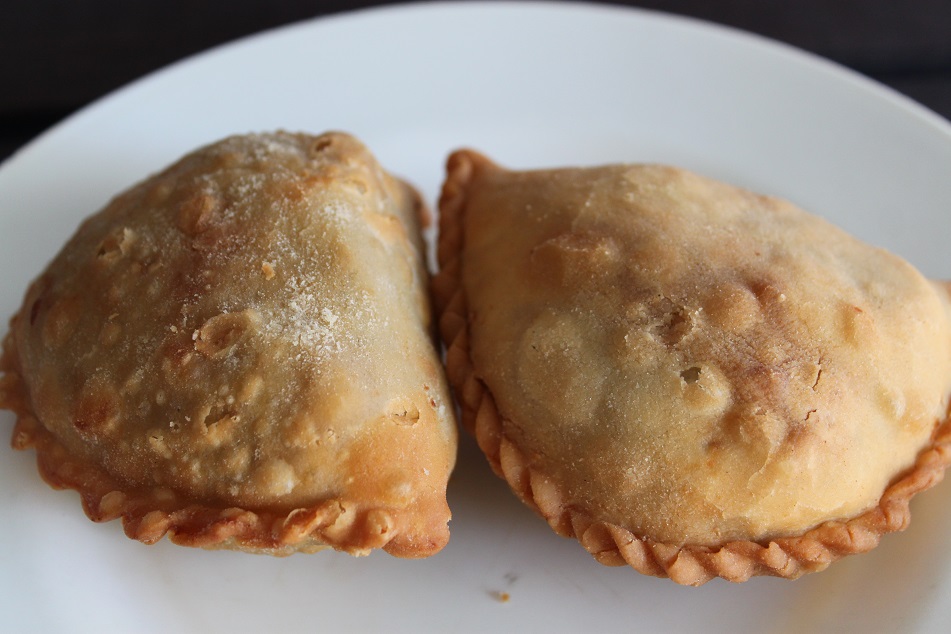

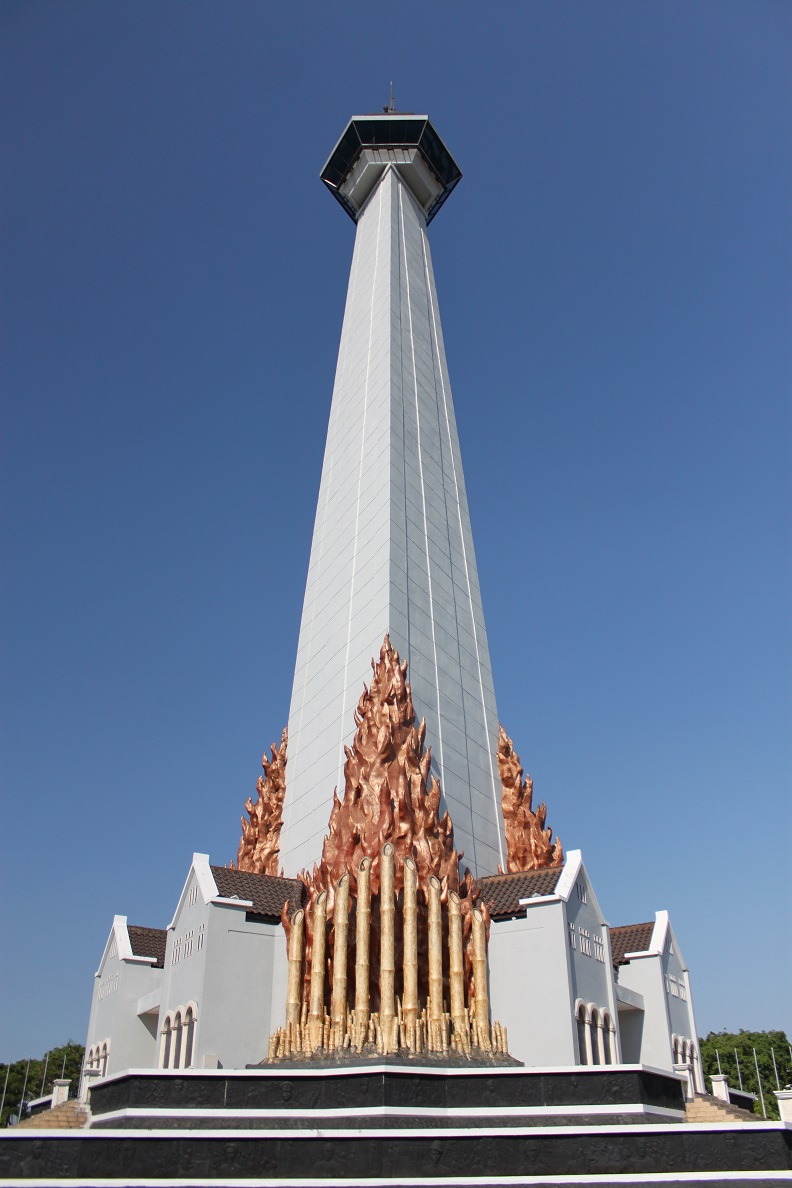


Terrific pictures and well written 😃
LikeLike
Thanks Pooja! Glad you enjoyed this post. 🙂
LikeLike
Moncong perahunya mengingatkan saya dengan perahu yang saya naiki dulu, jangan-jangan perahunya sama heheh.
LikeLike
Bisa jadi. 😀 Di sana kan perahunya gak terlalu banyak juga seingat saya.
LikeLiked by 1 person
Kapan-kapan ke Makassar lagi Bam
LikeLike
Iya pengen nih. Kemarin kurang lama, jadi gak ada waktu ke Bira juga.
LikeLike
One can write a full page on this amazing post with it outstanding photos! However, this time I would like to comment on your reflections you made on prejudice, bias and racism. It is that part which makes your blog stand out from all the rest. I find it is bad enough, when people harbour ill and deprecating feelings about other races and cultures and act as if their own race is worth any mention. But when governments come out openly or tacitly and support and reinforce such attitudes, then we are on a very dangerous course. Thank you so much for throwing some light into our dark world, Bama!
LikeLike
That’s such a nice and encouraging thing to say, Peter! Ignorance is usually the root cause of many problems related with racism. But unfortunately, some of those in power exploit this to benefit themselves. Educating people about the truth is key to creating an inclusive society. Yet, truth is often concealed by some people who offer “alternative truth” to “educate” the very people they wish to control. Thanks for reading and sharing your thoughts!
LikeLiked by 1 person
I do love the promenade! Kalau aku ke Makassar suatu hari nanti, that Promenade will be my first and main place to visit instead of Fort Rotterdam.
LikeLike
Kayaknya jalan-jalan sore di sepanjang Pantai Losari ini menyenangkan sih, karena promenade-nya yang lebar dan bersih (dan semoga tetap bersih di sore hari ketika mulai ramai). Nanti kalau sudah ke sana share cerita mengenai Pantai Losari di waktu sore ya Nug. 🙂
LikeLike
Siap mas!
LikeLike
Wonderful read. I recently read that Aborigines have been in Australia 60 000 years rather than the previously believed 40 000, so no surprise that Sulawesi’s art is older too. After all, it’s reasonably close to Australia.
I should check to learn what they discovered to prove this older time as there are many rock paintings still surviving, particularly in Central Australia.
LikeLike
A while ago I read about how two groups of people who live in two places on earth, distant from one another, and have no contact at all can develop similar artistic expressions. This explains those ancient cave paintings found in different corners of the world, as well as why pyramid-like structures were built not only in Egypt, but also in Central America and Asia, for instance.
As for Australia’s Aboriginal paintings, I would love to learn more about them and visit some of them one day in the future! Thanks for sharing your thoughts, Mallee!
LikeLiked by 1 person
Haha, the discovery of the cave must be a slap in the face of European nationalists 🙂 After several years living abroad, I have learned that those who travel (and read) least are the most ignorant. They think that the life beyond their borders is wild, uncivilized, etc. Whatever they do are standards, and if you do it differently, you are weird. According to a Vietnamese idiom, those people are like “frogs sitting at the bottom of a well”. By sitting at the bottom of a well, those frogs think the sky is small. But the sky (or the world) is, in fact, much larger than they thought. Unfortunately, those frogs are on the rise now. By the way, the first three photos look a lot like Mekong Delta in Vietnam, especially the one with the tiny bridge 🙂
LikeLike
That is of course if they read about it at all. Based on my experience, it’s generally true that those who don’t travel and read much happen to be the ones who are most ignorant and very judgmental. It’s funny how the Vietnamese idiom you mentioned is quite similar with the one we use here in Indonesia. “Like a frog in a shell” is how we describe people who think that they know a lot even though they don’t really read about history, or what is happening all around the world. Their “world” is in fact as small and narrow as a shell. I wonder why both in Indonesia and Vietnam we call these people frogs, though. I think frogs are cute. 😀
LikeLiked by 1 person
I can only stand the small green frog 🙂 I think our ancestor see frogs and toads as ugly and poisonous. Creatures that no one wants. They are also loud-mouth like the ignorant people 🙂
LikeLiked by 1 person
pas aku ke langkawi menelusuri hutan manggrovenya. sempat ada yang bilang suasananya mirip kayak di rammang.. aku belum pernah sih ke sana tapi ikut merasakan..
mas,.. kamu kok bisa mahir bahasa inggris nulisnya lancar gini 😦
LikeLike
Wah, jadi penasaran sama Langkawi. Selama ini yang saya tau tentang Langkawi ya jembatan yang di atas hutan itu sama patung elang kawi raksasa. 🙂
Waduh, gak lancar-lancar banget kok koh. Kalau lagi mentok satu paragraf juga gak selesai-selesai. Yang penting banyak baca artikel luar sebagai benchmark dan sering-sering latihan aja sih.
LikeLike
Bama, I’ve been behind on your posts, and catching up now reminds me how much I enjoy your insights! It saddens me so much to watch what is happening in my country and others, but I fear that a solution involving travel and education is becoming even less viable as those “frogs” in their provincial little wells or shells are digging in instead of looking out.
LikeLike
No worries, Lex. That means you’re having a great time in Europe! Thinking of how things turn out in some countries these days can be depressing. And as you said, those “frogs” are more likely to dig in which will bring them deeper into their own narrow understanding of the world. In most cases, this is fueled by fear, and fear is a commodity many politicians and those in power exploit for their own gains.
LikeLiked by 1 person
Your trip on the canoe is fantastic, reminds me a bit of the Apocalypse Now scene in the movie ~ mystery, but there is a much sunnier/happier feel to your shots. Education is key to progress, globally this needs to be the #1 focus of governments and not the petty politics we see playing out everywhere. In the US now, the racism issue is another sign of where lack of education keep systemic and institutional racism alive ~ but I do believe the discourse today (while some quite vile) is a step forward…racists are losing, and further education will see to this. My optimistic take 🙂 Great post Bama, great topic and such beautiful scenes (along with great dishes!).
LikeLike
It was a short yet memorable trip, indeed. I must admit I haven’t watched Apocalypse Now. But after looking up some scenes from the movie on YouTube, I can see what you mean. Speaking of education, I do believe that it is key to fighting ignorance. However, in some countries what they call education is in fact propaganda, and we all know where it always goes. So thinking about it makes me believe that transparency is another key to accountable governance. Thanks for reading and sharing your thoughts, Randall!
LikeLike
What a great post and the photos are just fantastic! Thanks!
LikeLike
Thanks Cecilia! Glad you enjoyed this post.
LikeLike
Great post Bama, great topic and such beautiful scenes (along with great dishes!).
LikeLike
Thanks! Glad you enjoyed the writing and the photos!
LikeLike
South Sulawesi was just fascinating – I really enjoyed our explorations of Makassar and that half-day trip to Rammang-Rammang. It’s odd to think that the international airport with its swanky new(ish) terminal is not that far from some of the world’s oldest prehistoric cave art. One thing that I don’t miss though is the mosquito-infested hotel room; I remember killing 12 of them over the two days we were there!
LikeLike
Next time we’re in the province we should make it to Bira, and if we have more time, Takabonerate. Despite its modern look, I think the airport needs to be expanded soon as flights coming in and out of Makassar keep increasing every year. In spite of being infested with mosquitoes, at least next to our hotel was that really nice restaurant where we had some of the comfort food we were used to having prior to the trip.
LikeLike
Great post Bama! the pictures along with the writing was simply perfect!
LikeLike
Much appreciated, Mahi! Thanks for dropping by!
LikeLiked by 1 person
Pre historic paintings give me goosebumps. I remember standing in front of a pair of tiny spray painted hands in Cantabria, Spain in absolute awe. The pastel and the undulating pattern of the boulevard floor remind me of Portugal! 🙂 Fascinating post Bama.
LikeLike
To me it’s mind-boggling to think of how tens of thousands years ago our ancestors came up with the idea of creating such an art! Yet, in the many millennia of human’s existence on the planet a lot of knowledge has been lost. Madhu, I can’t wait to read your post on Portugal as it is among the countries I most want to visit! I have just returned from a short trip to Australia and now I need to sort out a few things. Will drop by your blog as soon as I’m done sorting out a few things as I just arrived from Australia a few hours ago. 🙂 Thanks for reading!
LikeLiked by 1 person